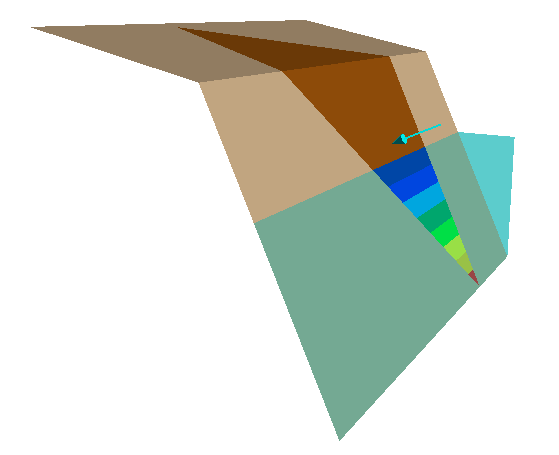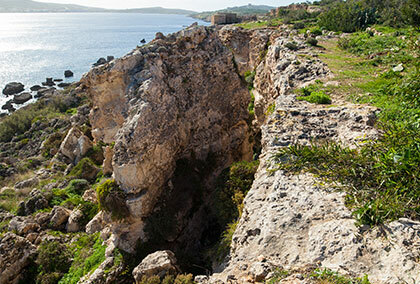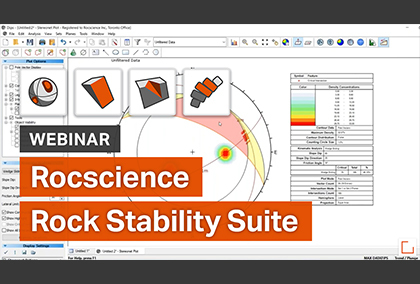Announcing New Releases of RocTopple, RocPlane, and SWedge
We’re proud of our trio of rock slope stability analysis software, RocTopple, RocPlane, and SWedge. So we’re super excited to announce brand new releases of all three products coming by the end of the month. Included in the impressive set of new features are support for a Hybrid Block-Flexural Toppling model in RocTopple and the addition of new bolt models and ponded water analysis to RocPlane and SWedge. Read on to get all the details.
Support for Hybrid Block-Flexural Toppling Model in RocTopple
This new release of RocTopple introduces support for a Hybrid Block-Flexural Toppling model based on the limit equilibrium method presented by Amini, Majdi, and Veshadi in 2012. Block-flexure is the most common type of toppling failure in rock slopes, which occurs when some rock blocks fail due to tensile bending stresses and some overturn under their own weight.

The addition of the new model allows the factor of safety to be calculated for a slope with the potential to fail under both block and flexural toppling. This has the effect of widening RocTopple’s range of applications for analyzing toppling failure of rock slopes.
As part of the new feature, user controls have been added to where the normal force from the failing block above is applied for more flexibility. Users can now enter different ratios for cases when the above block is sliding, shearing, or undergoing flexural bending.
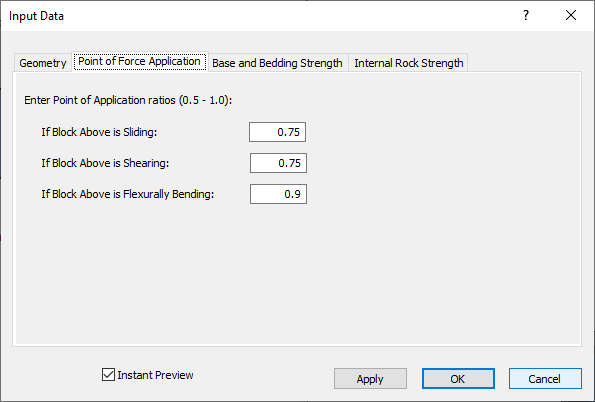
Addition of UnWedge Bolt Models to RocPlane and SWedge
The new releases of RocPlane and SWedge include the addition of bolt models from UnWedge. Users can now define properties from the following bolt types: Mechanically Anchored, Grouted Dowel, Cable Bolt, Split Set, Swellex, and Simple Bolt Force.
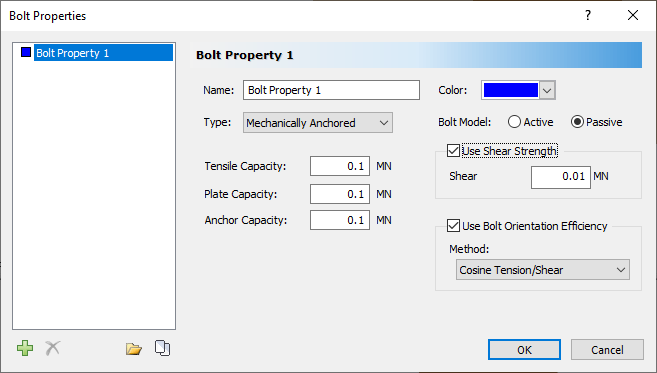
In addition, Bolt Shear Strength can now be used instead in the corresponding deformation mode. And the Bolt Orientation Efficiency factor can also be applied based on the Cosine Tension/Shear or Linear Tension/Shear method. Users can now also import pre-defined bolt properties from other RocPlane and SWedge models.
New Ponded Water Analysis in RocPlane and SWedge
A new Ponded Water Pressure model has been added to RocPlane and SWedge to allow for analysis of partially wetted or fully submerged slopes. Two types of water pressure can be modelled:
- Ponded Water Pressure – Water pressure that acts on the slopes of the wedge.
- Plane/Joint Water Pressure (formerly Water Pressure) – Water pressure that acts on the internal failure plane/joints of the wedge.
When ponded water pressure is applied in conjunction with plane/joint water pressure, the user can now select from two slope face types:
- Impervious – The plane/joint water pressure distribution is modeled independently of the ponded water such that users can now select from a list of pre-defined pressure distribution models.
- Pervious – The plane/joint water pressure distribution depends on the elevation of the ponded water surface. The water table is defined by a combination of joint water surface planes and the ponded water surface plane.
Also included in the new releases is the ability to conduct sensitivity and probabilistic analyses on the depth of ponded water to see its effects on the factor of safety and probability of failure, respectively.
